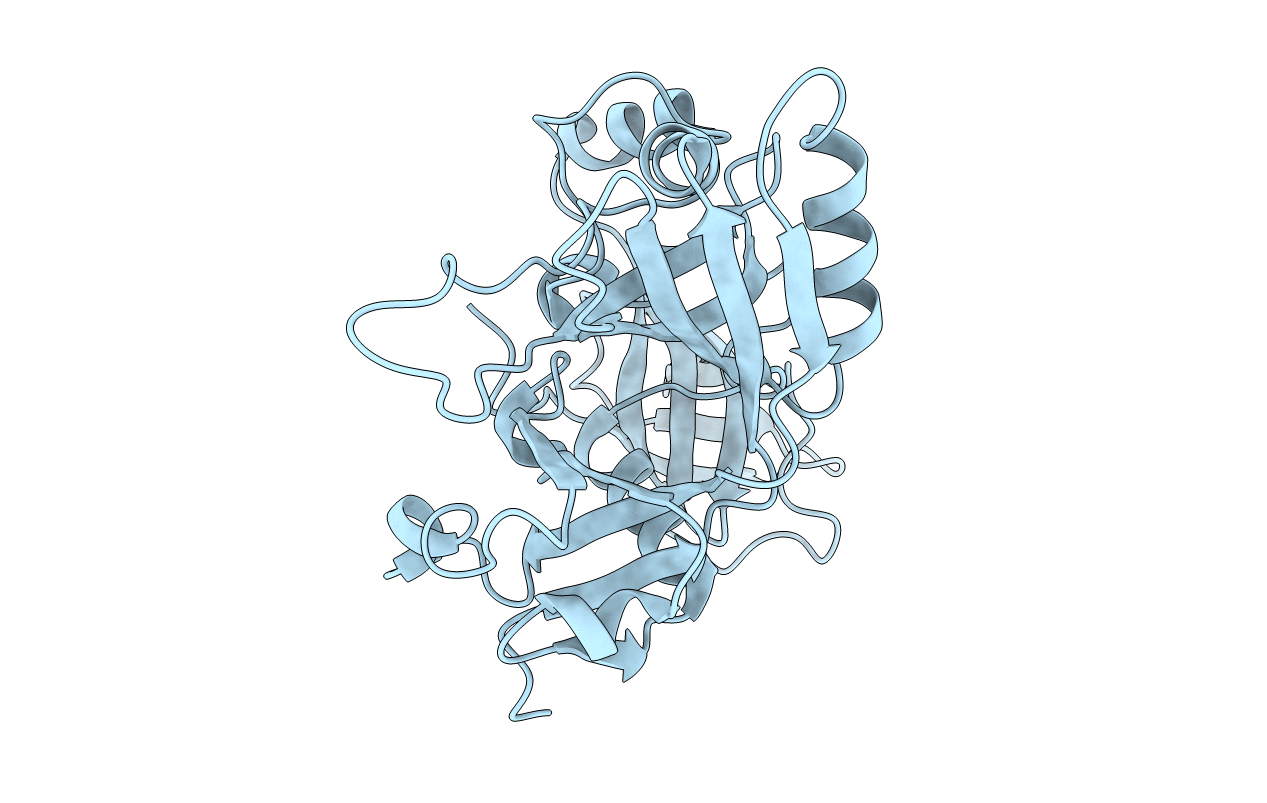
Deposition Date
2019-01-04
Release Date
2019-03-13
Last Version Date
2024-01-24
Entry Detail
PDB ID:
6QE3
Keywords:
Title:
Re-refinement of 6ESR human IBA57 at 1.75 A resolution
Biological Source:
Source Organism:
Homo sapiens (Taxon ID: 9606)
Host Organism:
Method Details:
Experimental Method:
Resolution:
1.75 Å
R-Value Free:
0.19
R-Value Work:
0.17
R-Value Observed:
0.17
Space Group:
P 1


